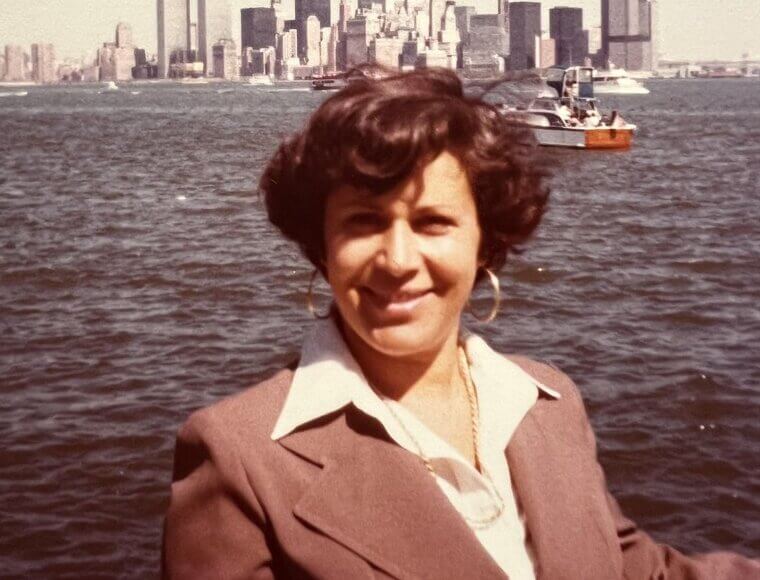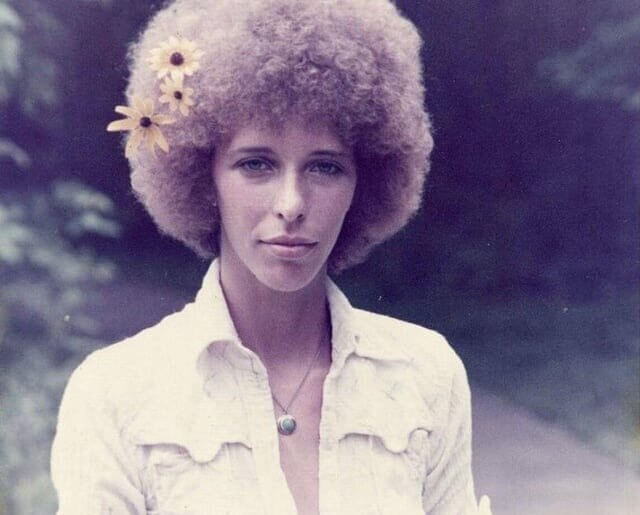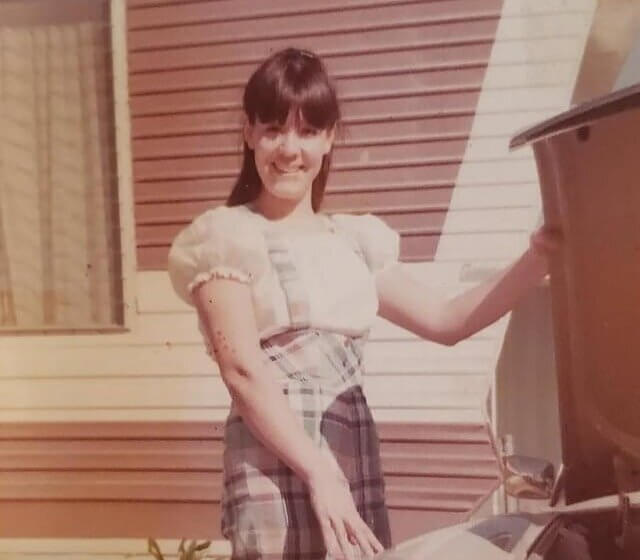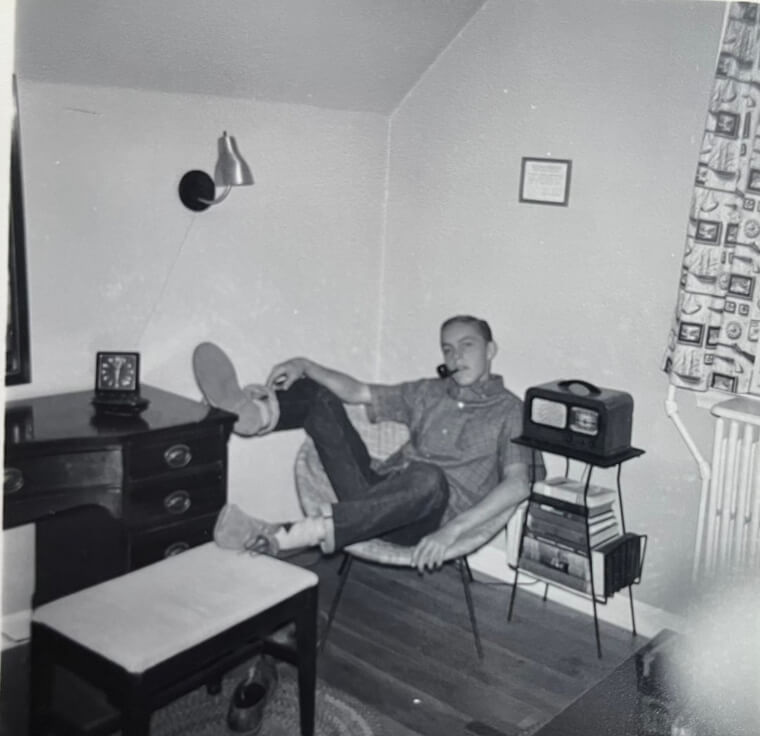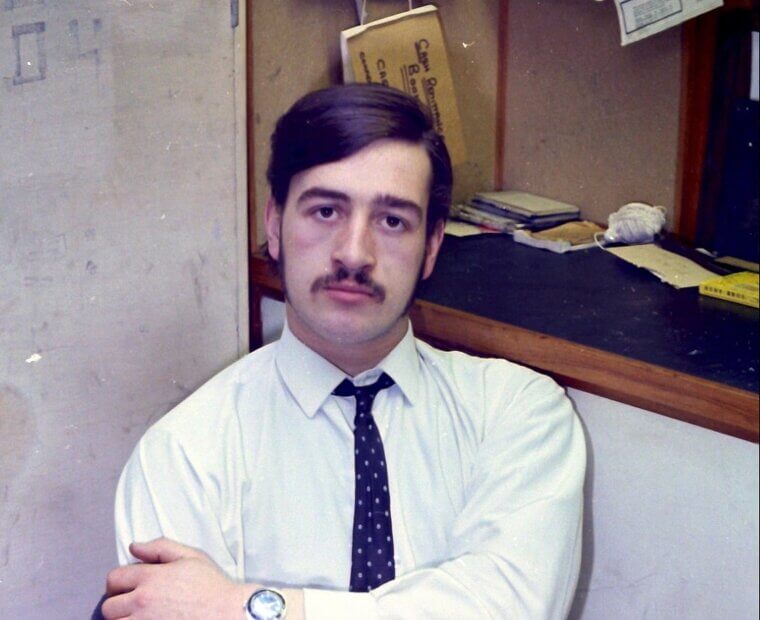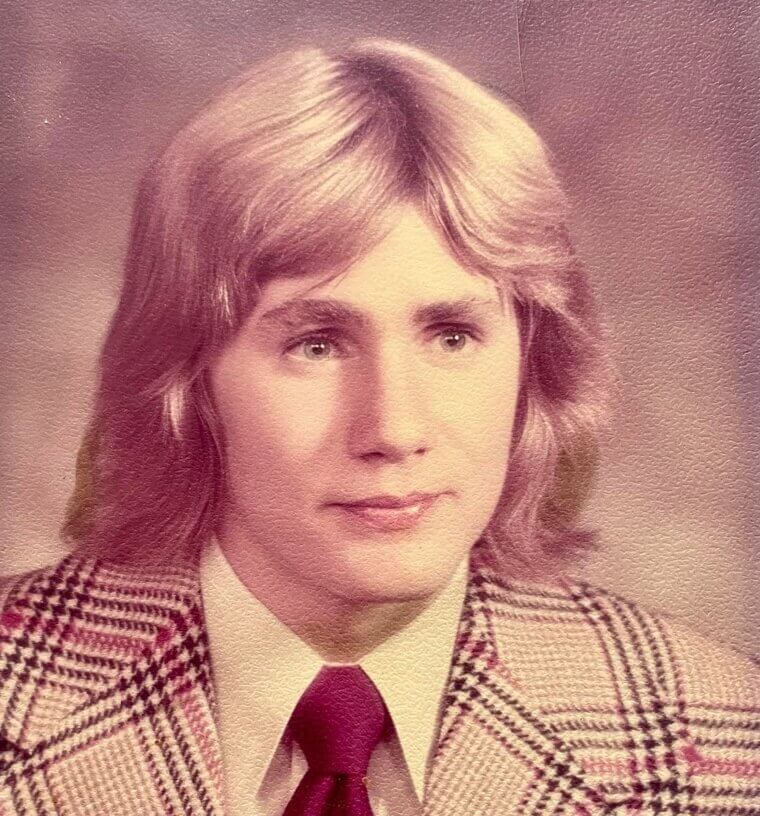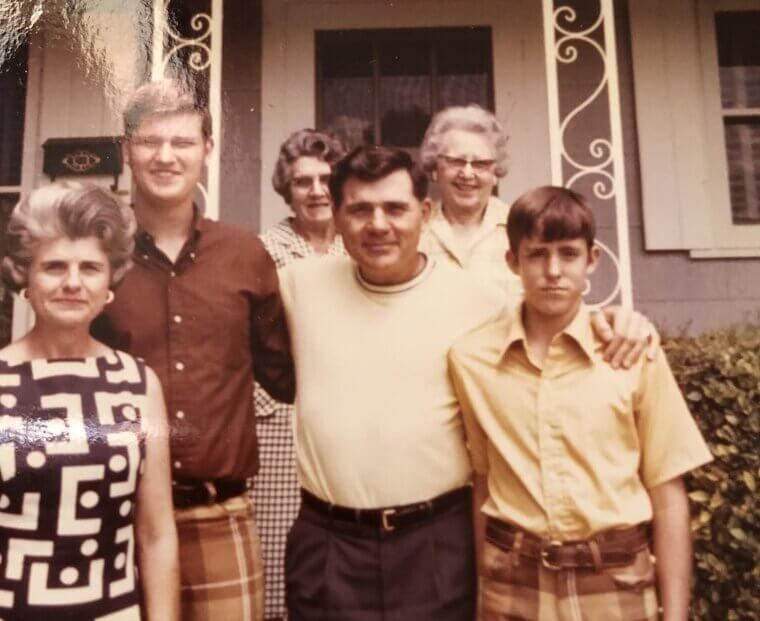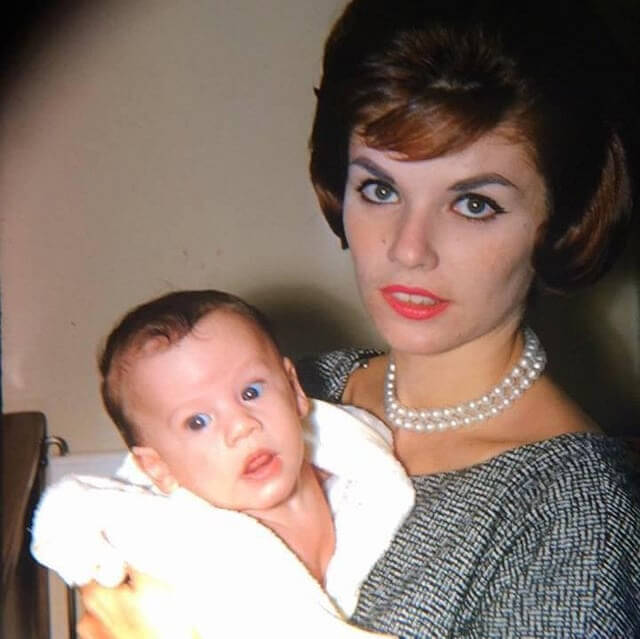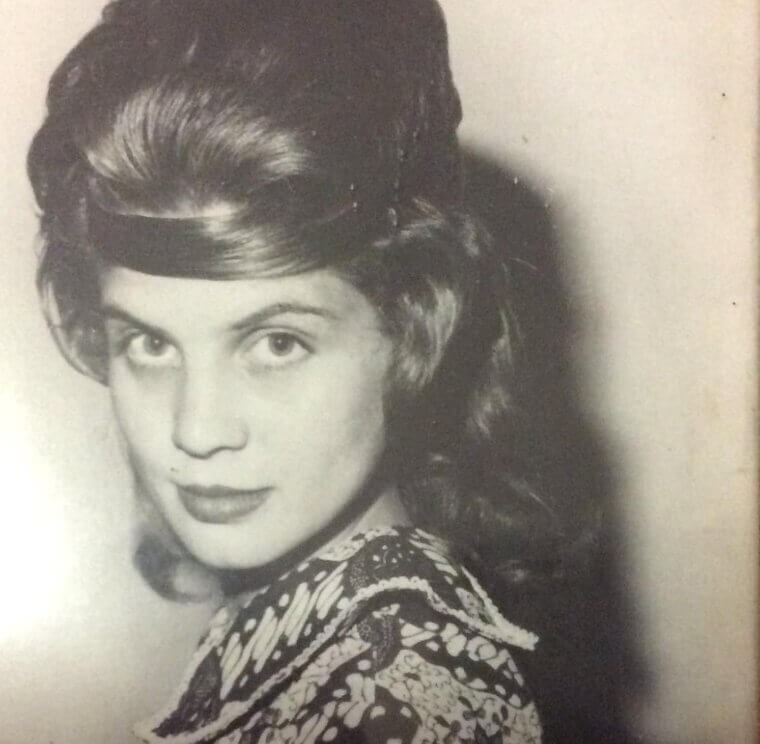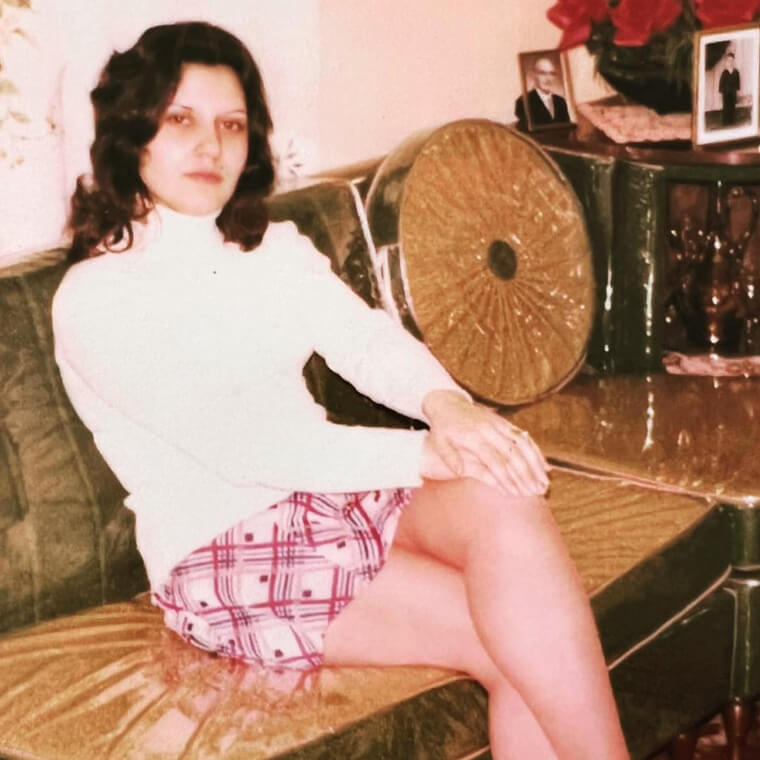Everyone Dressed Like a Responsible Adult From Day One
Clothing in the 60s and 70s had a strange ability to age even the youngest faces. Men wore slacks and actual shoes to casual events, and many boys barely out of high school were already committed to well ironed button downs. Women wore structured dresses and sweaters that looked like something a manager would choose today. Teenagers did not have endless piles of sporty loungewear, so they ended up looking a little more grown than they felt. Even leisure outfits leaned toward “tax season chic.” Add in the fact that very few people wore denim daily, and you get a generation of young adults who looked like they were ready to supervise a meeting. Younger folks today have stretchy clothes, bright colors, and sneakers built for comfort, while yesterday’s youth dressed as if they were waiting for their pension paperwork.
Hairstyles Added Ten Years Instantly
Hair trends back then rarely screamed youth. Many men aimed for short and tidy, even when they were barely old enough to vote. If they did grow their hair long, it often puffed out in ways that suggested humidity had become a personality trait. Women went for bouffants, rollers, and teased styles that could add several inches of height and several years of life experience. The popular look required time, effort, and enough hairspray to create a shield. By the time everything was set in place, the end result suggested someone with strong opinions about household budgets. Today’s messy buns and casual layered cuts look youthful without trying. The 60s and 70s hair routines were designed for glamour, but the side effect was an unintentional aging effect that made every teenager look like they had already seen some things.
The Sun Was a Trusted Friend
Sunscreen was not exactly part of daily life in those decades. Many people believed sunshine was healthy in unlimited amounts, and tanning was practically a competitive sport. Families spent hours outside without hats or shade, and only a few worried about long term skin effects. Beach days, backyard chores, and outdoor jobs meant people were constantly exposed to sun. The result was skin that weathered earlier, especially for those who loved the bronzed look. While it seemed glamorous at the time, the long term impact was a more mature appearance long before middle age arrived. Today, sunscreen aisles are huge and full of options. Back then, a bottle of suntan oil was often the only tool in the bag. The lack of protection gave everyone an early preview of wrinkles and sunspots, which added to the illusion that people were older than their actual age.
Smoking Was Practically a Hobby
Smoking was everywhere and accepted almost without question. People smoked at home, at work, in cars, and sometimes while holding a conversation about health. The habit sped up visible aging, but most folks did not know or did not care. Wrinkles formed faster, skin lost some of its natural glow, and even expressions looked older because of repeated squinting. Many people also learned the signature lips pursed look that came from balancing a cigarette while multitasking. The smell alone seemed to add a few imaginary years. With smoking so common, it was almost surprising to meet someone who did not partake. In photos from the era, even young adults look like they have been through life’s tougher chapters simply because smoking influenced their appearance. Today, although the habit still exists, it is far less universal. Back then, it was practically an accessory at every age.
Stress Came Free With Adulthood
Life in the 60s and 70s had plenty of charm, but it also came with a pile of stress that showed on people’s faces. Raising families on one income was normal but not easy. Jobs were physically demanding, and many households juggled responsibilities without the conveniences available today. There were no meal delivery apps, no online banking, and no smart appliances to lighten the load. People had to remember everything without digital reminders. Add in early parenthood, large families, and limited support systems, and you get a generation that carried their stress right on their faces. It was not glamorous, but it was common. Younger generations today spread responsibilities differently and lean on technology for backup. Earlier decades required grit, and grit tends to show. That strain helped create the impression that people were older at ages when many are still finding themselves today.
Everyone Had Serious Photo Faces
If you look at old family albums, you will notice something missing. People rarely smiled in photos. Many posed as if portraits were official documents, not memories. The reasoning was simple. Cameras were expensive, film cost money, and you only had a few chances to get a good shot. People wanted to appear respectable and composed. Serious expressions and stiff posture made them look older than they were. Today we take endless digital photos, so people relax, smile, and act natural. Back then, one picture had to count. A single blink could ruin it, so folks went into full statue mode. Combined with formal clothing and neat hair, the result was an image of someone who looked far older, even if they were in their early twenties. Historical photos were not meant to capture youthfulness, which explains a lot.
Diets Were Not Exactly Antioxidant Friendly
Typical meals in the 60s and 70s included hearty dishes without much focus on nutrition. Many people ate plenty of processed foods, sugary cereals, and heavy dinners that filled the stomach but did not always support long term youthfulness. Fresh produce was seasonal and often limited. Convenience foods were gaining popularity, and the average family embraced them happily. While comforting, these diets sometimes contributed to quicker visible aging. Salt, sugar, and heavy fats can have an effect on skin and overall appearance, especially without the balance of fresh fruits and vegetables. Today, many people are surrounded by nutrition advice, supplements, and endless health products. Back then, dinner was whatever was available and inexpensive. It was delicious, but it did not always help maintain a youthful look. The love of rich casseroles and hearty sides definitely played a part in the older appearance of the era.
Makeup Trends Added Instant Maturity
Makeup styles in those decades were bold and structured. Many women used heavy foundation, strong lip colors, and defined brows that created a more mature impression. The goal was sophistication, not youthful glow. Powder was applied generously, and contouring happened before contouring was a trend. Certain colors popular at the time, like deep reds and frosty pastels, added years instantly. Even teenagers followed these trends because younger focused cosmetics were not widely marketed. Makeup also tended to be thicker due to the formulas available. Long wear products did not exist, so people reapplied throughout the day, creating layers that made them look older. Today’s styles lean toward natural finishes, subtle highlights, and skincare based formulas. Back then, the makeup routine was a full transformation. When everyone aims for glamour, looking older becomes an accidental side effect.
Hairstyles Required Commitment
Many hairstyles of the time were not quick, casual efforts. They required rollers, pins, heat, and enough hair setting spray to keep everything in place for hours. Once the look was set, it added an air of seriousness to even the youngest faces. Men also kept well groomed looks that signaled responsibility. Certain cuts created very defined shapes that suggested adulthood even when worn by teenagers. The hair culture of the time encouraged people to invest energy and pride into their appearance. Today, messy or undone hair signals youth and ease. Back then, looking polished was the goal, and polished can easily read as older. These structured hairstyles contributed heavily to the sense that people in their twenties were already living decades ahead of their age.
Life Just Felt More Grown up
Daily life in the 60s and 70s encouraged early adulthood. People married younger, had children sooner, and took on responsibilities earlier. When you spend your twenties working full time, raising a family, and managing a household, you naturally seem older. Younger generations today often extend adolescence longer with flexible living arrangements and delayed major milestones. In the past, adulthood moved quickly. Bills, jobs, and chores added weight to everyone’s daily routine. Even without visible stress, carrying that much responsibility shapes posture, expression, and general energy. It is not that people aged dramatically faster in earlier decades. It is simply that life demanded a level of maturity that showed on their faces. When adulthood arrives early, the youthful glow fades fast, and people start looking like seasoned adults long before they feel like one.

